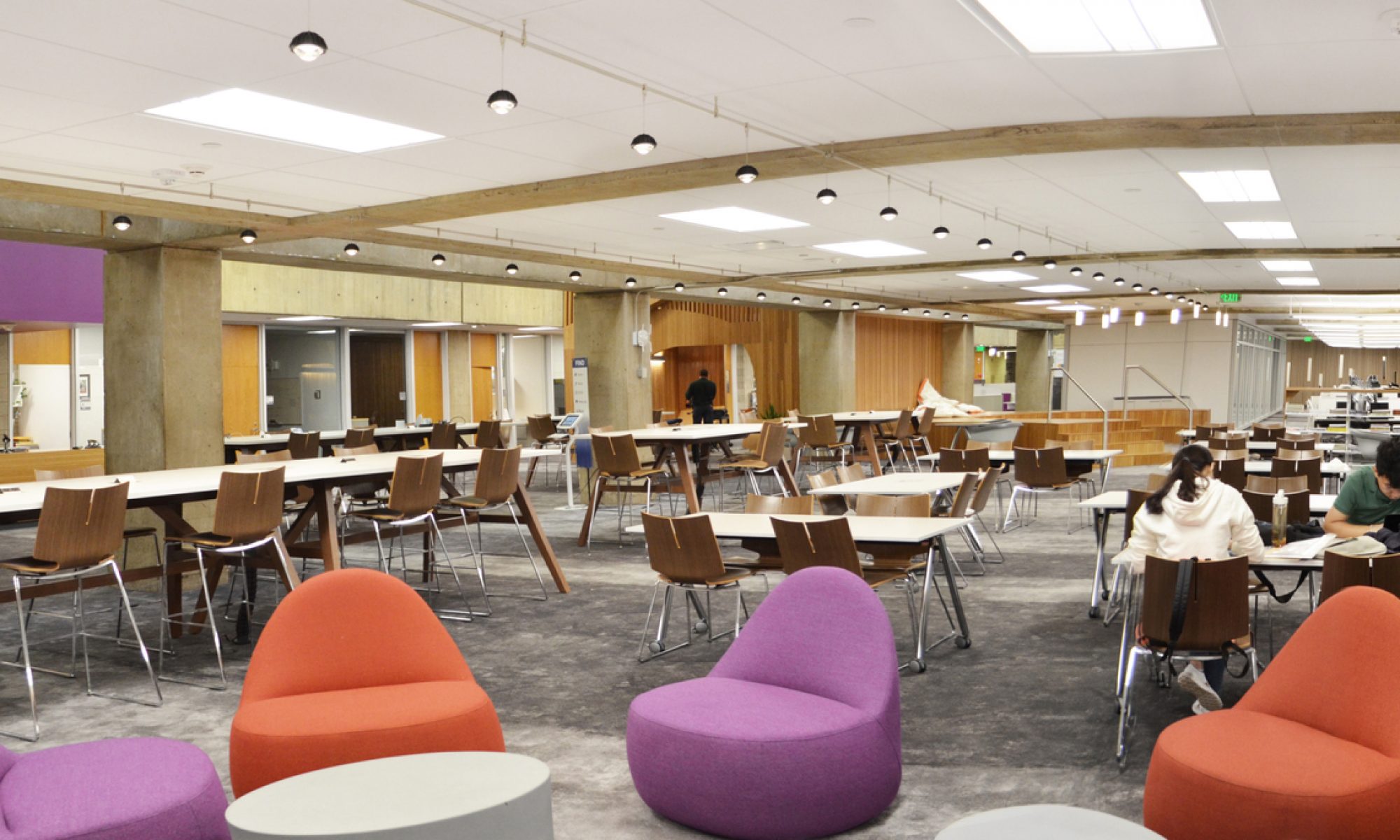What did you personally accomplish this week on the project?
This week, I finished the CRUD operations of the backend server. It interacts with MongoDB Atlas as discussed last status report. Now, the backend server is able to handle post requests of create_hub, create_seats, update_seats, delete_hub, delete_seats and the important get request of get_free_seats.
A major change that I implemented was in the database schema. The updated one is as follows:
I ran into many challenges during this stage, as there is a lot to implement and get working with the cloud database. Specifically, I had errors with the routing and retrieving parameters from the request correctly, as well pushing well-formed data to the cloud database. All these errors were solved this week.
Is your progress on schedule or behind?
I am on schedule with my parts and feel confident moving forward. I expect that as we move further into the implementation part, we will have a lot more roadblocks, so I will be working hard in the weeks to come. We are gradually receiving our ordered products, and so far they all seem to be on schedule!
What deliverables do you hope to complete in the next week?
This week, my task it to continue working on the web application. The main task is to get a public endpoint up and running so that the datahubs can act as the clients interfacing with the server. Additionally, I aim to get 25% progress on the frontend of the website. I can’t wait!
